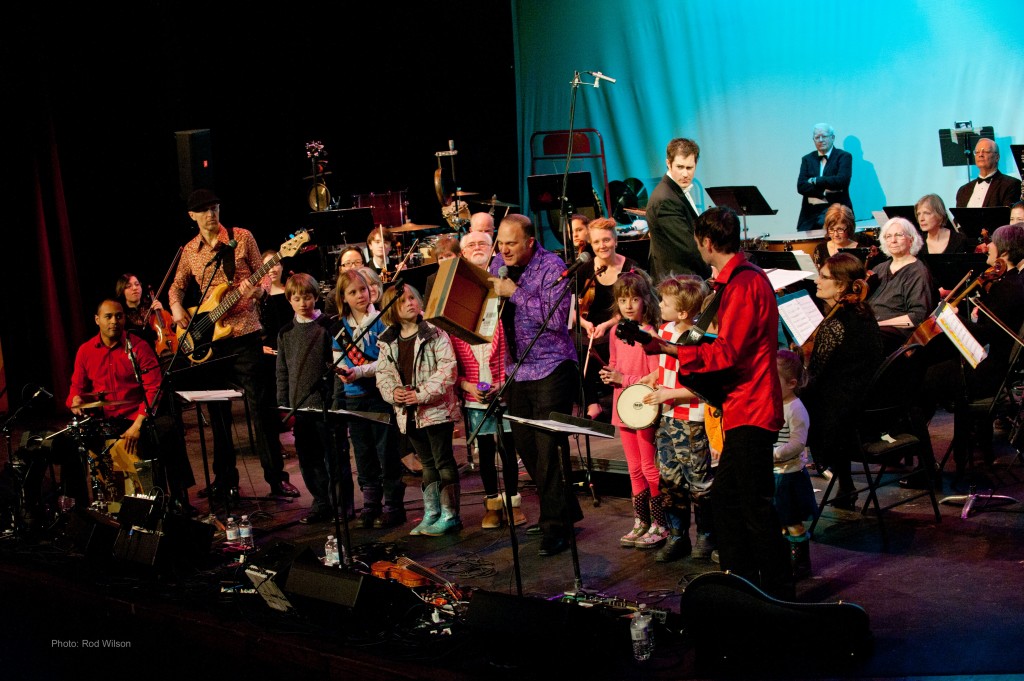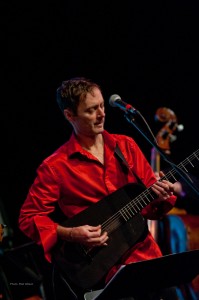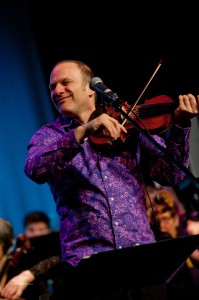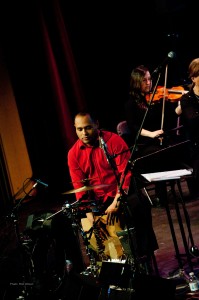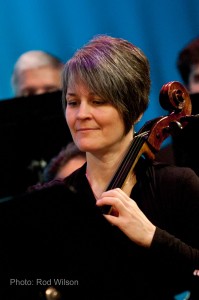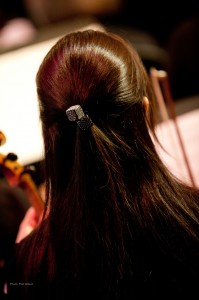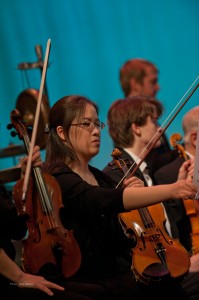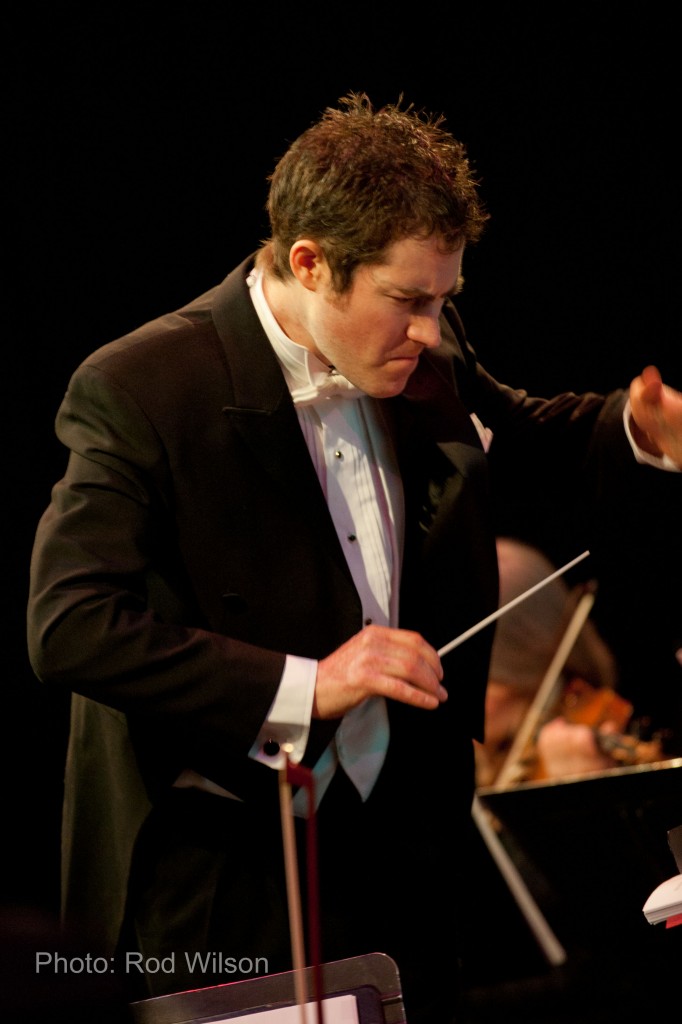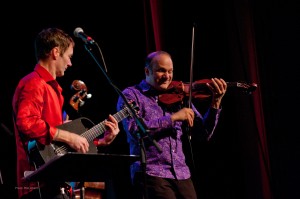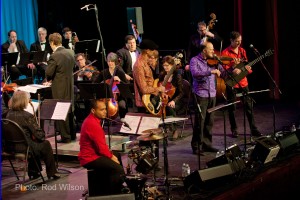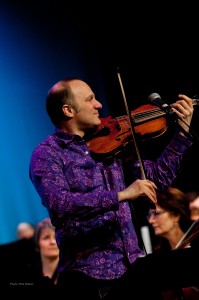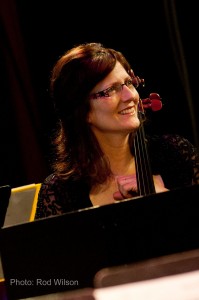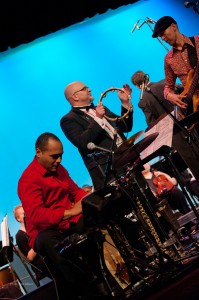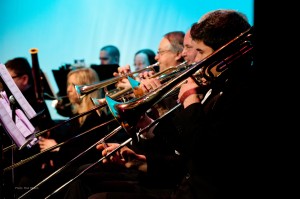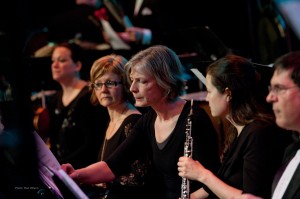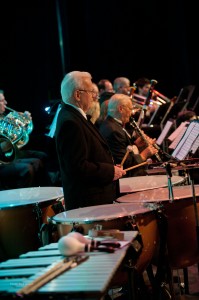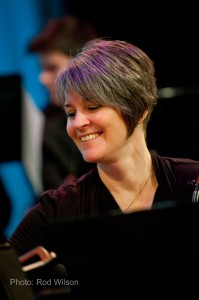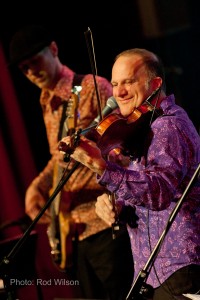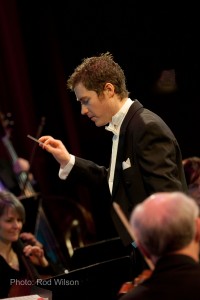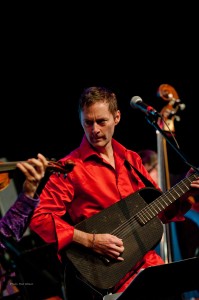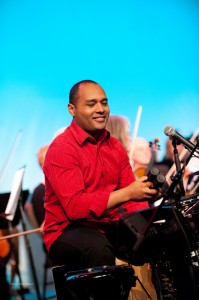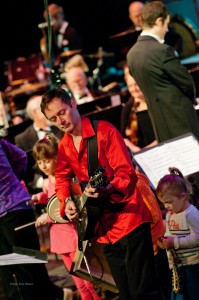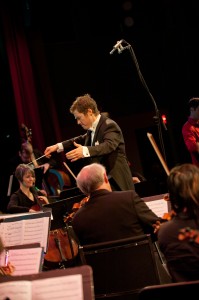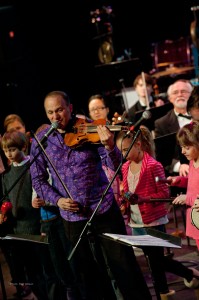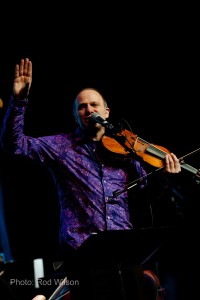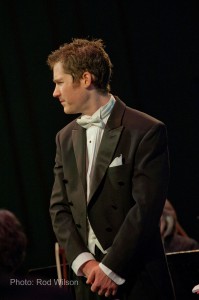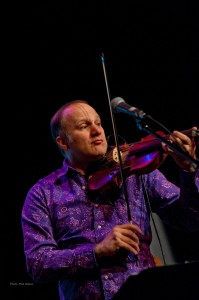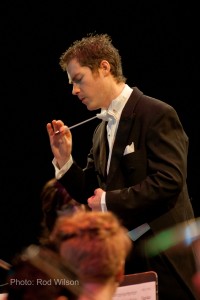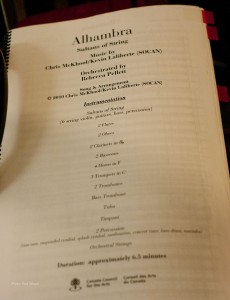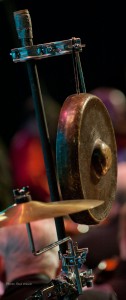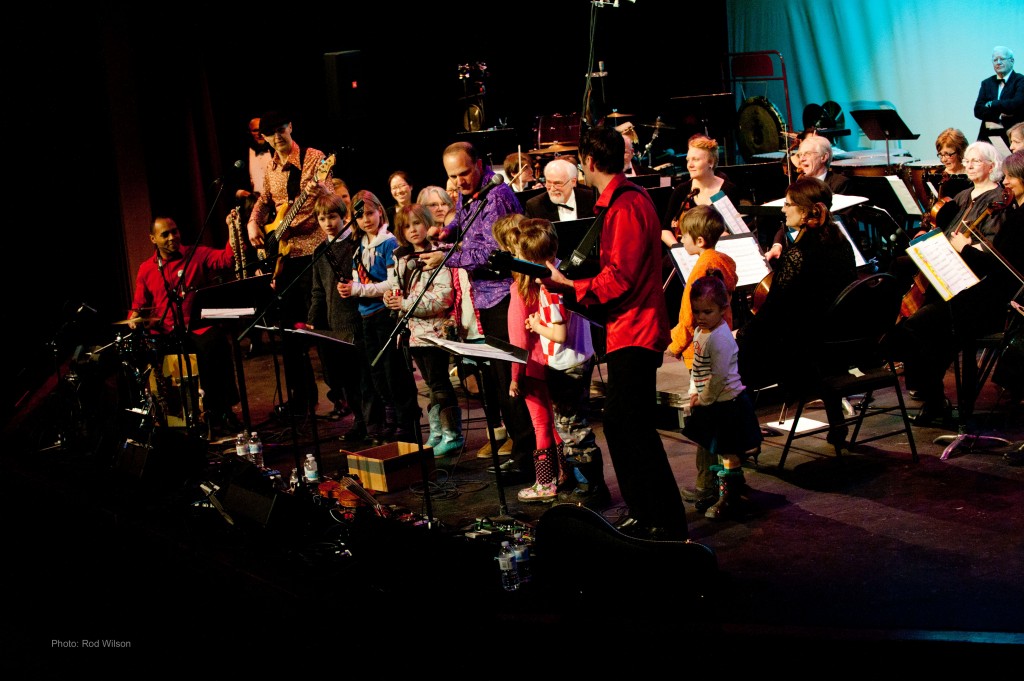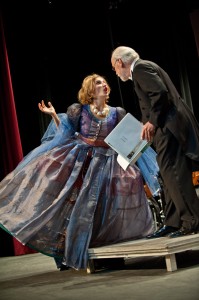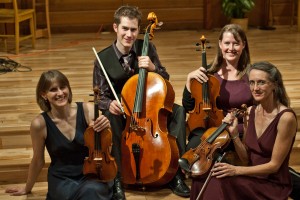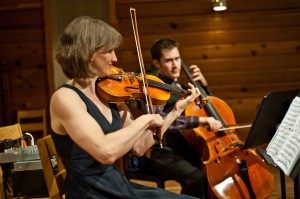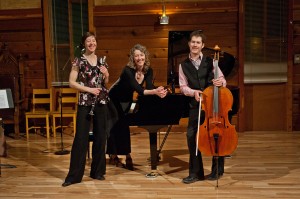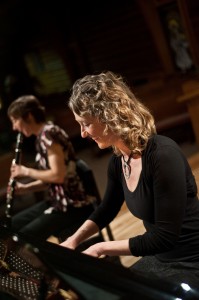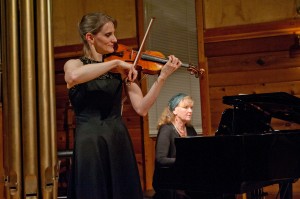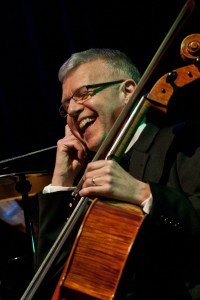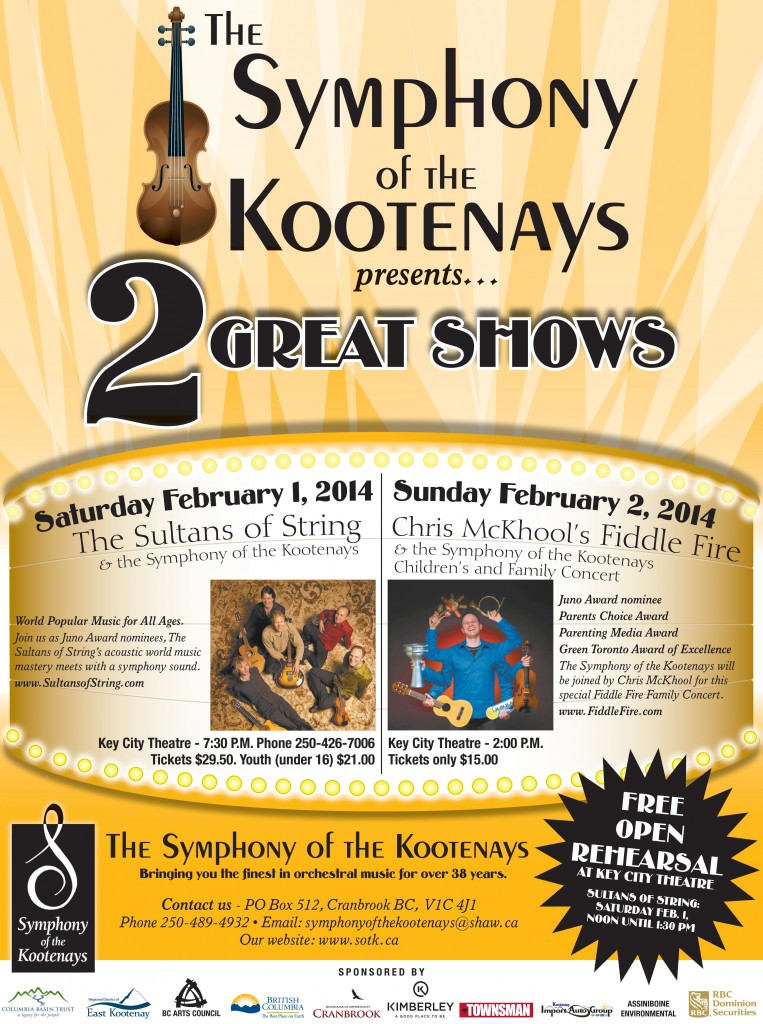 Symphony of the Kootenays and the Sultans of String rehearsals, Key City Theatre, February 1, 12 noon, February 1, 2014.
Symphony of the Kootenays and the Sultans of String rehearsals, Key City Theatre, February 1, 12 noon, February 1, 2014.
” And then the man, he steps right up to the microphone.
And says at last, just as the time bell rings,
“Goodnight, now it’s time to go home.”
And he makes it fast, with one more thing:
“We’re the Sultans,
“We are the Sultans of Swing.” Songwriter: KNOPFLER, MARK
Mind you there is no connection between the Dire Straight album and the Symphony of the Kootenays concert. There is just the resonance of the song title and the name of the 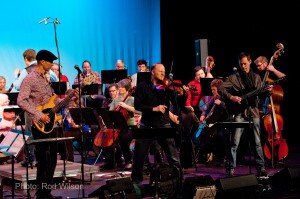 symphony orchestra guests – THE SULTANS OF STRING – that has so much appeal. Dire Straights was a rock band singing about musicians from another era. The Sultans are not about rock music. Their musical arena is more about a whole mixed bag of World music, Latin, Gypsy, Swing etc.
symphony orchestra guests – THE SULTANS OF STRING – that has so much appeal. Dire Straights was a rock band singing about musicians from another era. The Sultans are not about rock music. Their musical arena is more about a whole mixed bag of World music, Latin, Gypsy, Swing etc. 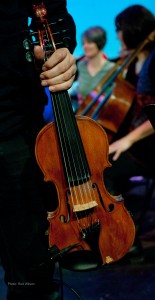 The Sultans of String are Chris McKhool (6 string violin, mandolin), Drew Birston (electric bass),
The Sultans of String are Chris McKhool (6 string violin, mandolin), Drew Birston (electric bass), 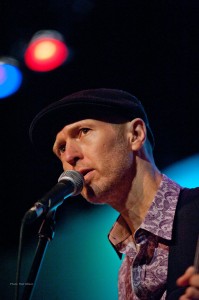 Kevin Laliberte (carbon-fibre guitar) and Alberto Suarez (percussion). This rehearsal was the fore runner of what promised to be a very unique night of music. Unfortunately I was double booked (again) and not able to make the Saturday night concert. However, I did make the afternoon rehearsals and the Sunday Fiddle Fire (concert for kids). It was pretty exciting and entertaining stuff to hear the Symphony exploring a whole new approach to making music. The music is the brain child of Chris McKhool and Kevin Laliberte
Kevin Laliberte (carbon-fibre guitar) and Alberto Suarez (percussion). This rehearsal was the fore runner of what promised to be a very unique night of music. Unfortunately I was double booked (again) and not able to make the Saturday night concert. However, I did make the afternoon rehearsals and the Sunday Fiddle Fire (concert for kids). It was pretty exciting and entertaining stuff to hear the Symphony exploring a whole new approach to making music. The music is the brain child of Chris McKhool and Kevin Laliberte 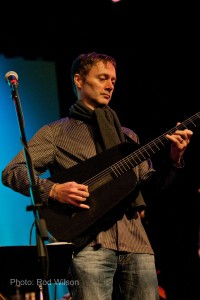 with orchestrations by Rebecca Pellett. Although the rehearsal didn’t present the music in a program coherent form there were enough snippets to entice the visiting rehearsal audience to maybe come back later that evening for the full concert. For me there were a number of outstanding moments. In the exploration of the mandolin the unexpected and joyous snippet from a Vivaldi mandolin concerto was so amazingly fresh and startling that it certainly made me sit
with orchestrations by Rebecca Pellett. Although the rehearsal didn’t present the music in a program coherent form there were enough snippets to entice the visiting rehearsal audience to maybe come back later that evening for the full concert. For me there were a number of outstanding moments. In the exploration of the mandolin the unexpected and joyous snippet from a Vivaldi mandolin concerto was so amazingly fresh and startling that it certainly made me sit 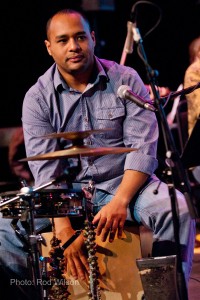 up. Kevin Laliberte’s guitar solos were some other high points. His Carbon-Fibre guitar, with it’s odd shape, looked way different from a conventional classical guitar yet, despite the on-board amplification, produced, when required, a pure classical sound. It also appeared to be amendable to the sound manipulation that we associate with most electric guitars. His technique ran though the whole spectrum of guitar music – flat pick, finger picking, classical, jazz, flamenco etc. Drew Birston’s electric bass is, obviously, a central part of the Sultan’s Sound and added a different bass dimension (pizzicato bass melody) to the orchestrations. Being an amateur musician who tinkers with percussion I was completely captivated by the Cuban musician Alberto Suarez’s rhythmic excursions on the Peruvian Cojon (basically a wooden box), snare drum, brushes, cymbals, rattles and the middle eastern Darbuka (Turkish Goblet drum). His role in the music was re-enforced by the symphony percussionists Robin Clegg, Sven Heyde and Bruce Hunter. Their arsenal of drums and percussion would be enough to fill your average basement. The Sultans of String were obviously having fun playing with a symphony and the orchestra pit was just a sea of smiling faces. I am sure the evening concert lived up to the promise of the rehearsals. Here are some more images from the rehearsal – enjoy:
up. Kevin Laliberte’s guitar solos were some other high points. His Carbon-Fibre guitar, with it’s odd shape, looked way different from a conventional classical guitar yet, despite the on-board amplification, produced, when required, a pure classical sound. It also appeared to be amendable to the sound manipulation that we associate with most electric guitars. His technique ran though the whole spectrum of guitar music – flat pick, finger picking, classical, jazz, flamenco etc. Drew Birston’s electric bass is, obviously, a central part of the Sultan’s Sound and added a different bass dimension (pizzicato bass melody) to the orchestrations. Being an amateur musician who tinkers with percussion I was completely captivated by the Cuban musician Alberto Suarez’s rhythmic excursions on the Peruvian Cojon (basically a wooden box), snare drum, brushes, cymbals, rattles and the middle eastern Darbuka (Turkish Goblet drum). His role in the music was re-enforced by the symphony percussionists Robin Clegg, Sven Heyde and Bruce Hunter. Their arsenal of drums and percussion would be enough to fill your average basement. The Sultans of String were obviously having fun playing with a symphony and the orchestra pit was just a sea of smiling faces. I am sure the evening concert lived up to the promise of the rehearsals. Here are some more images from the rehearsal – enjoy:
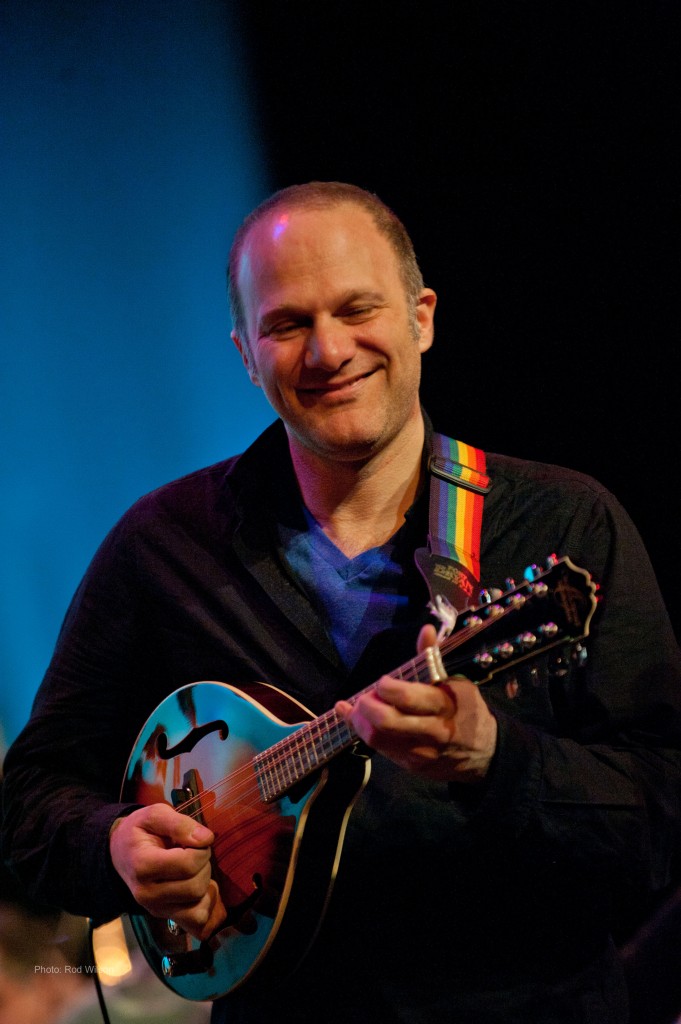
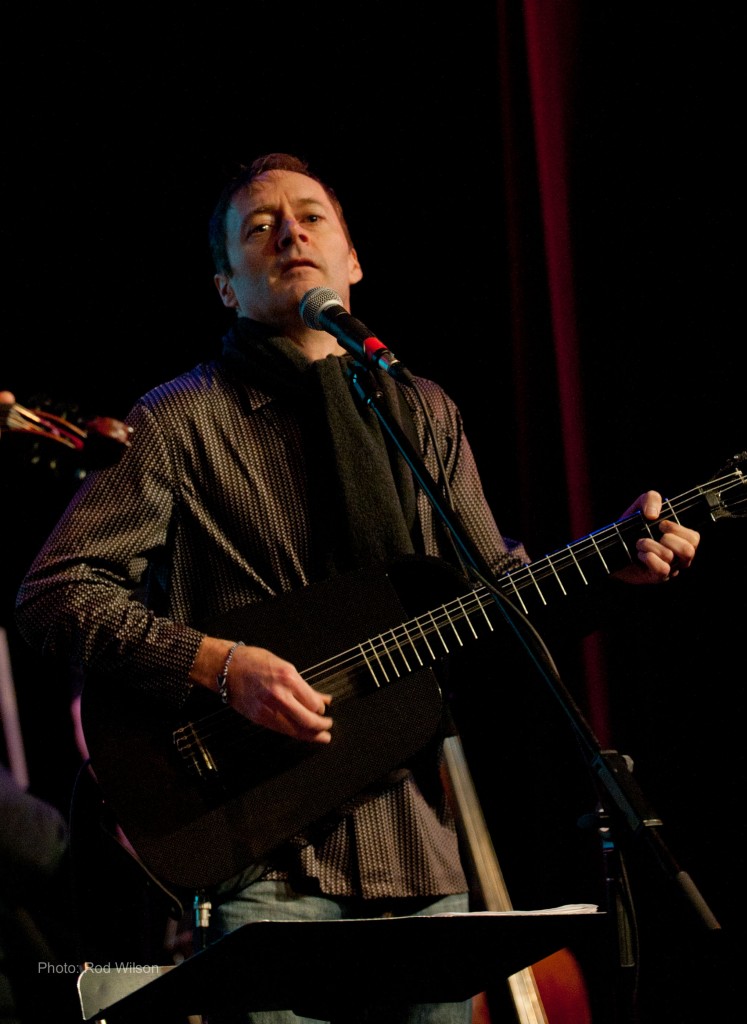
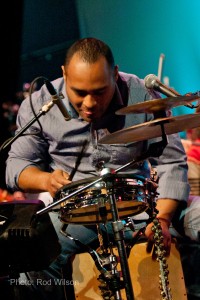
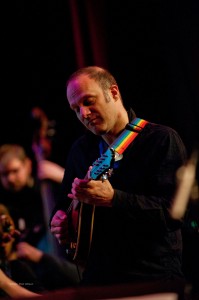
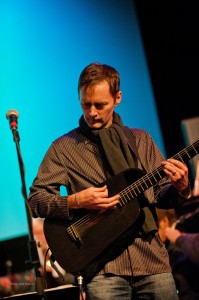
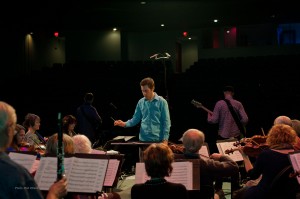
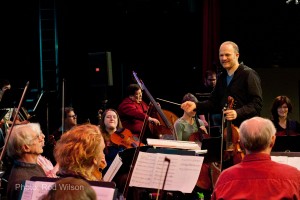
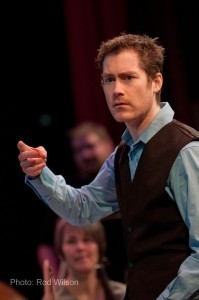
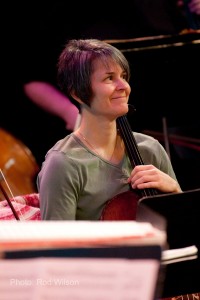
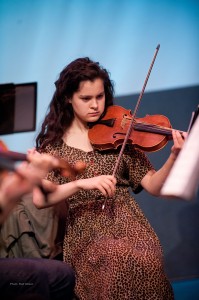
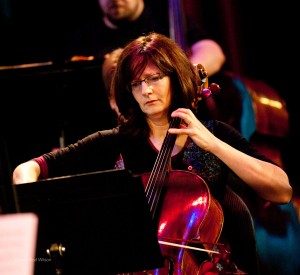
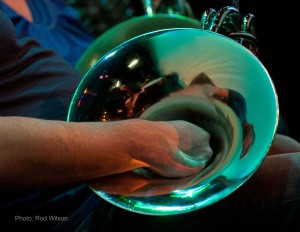
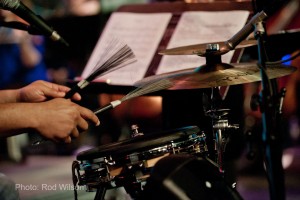
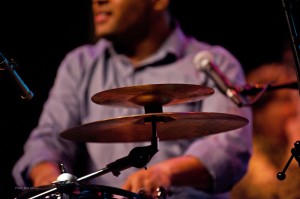
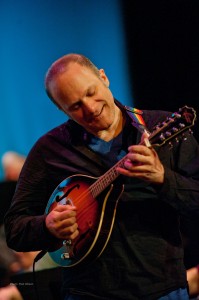
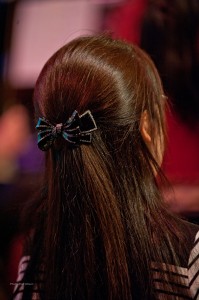
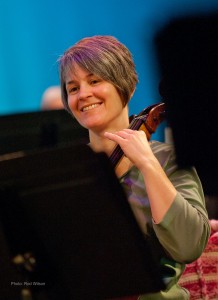
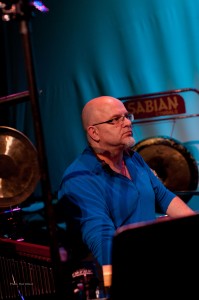
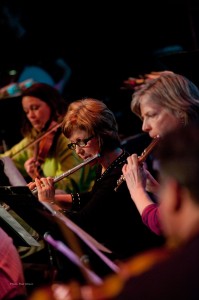
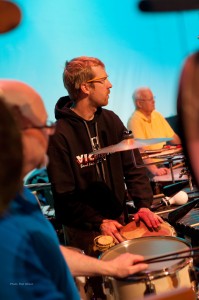
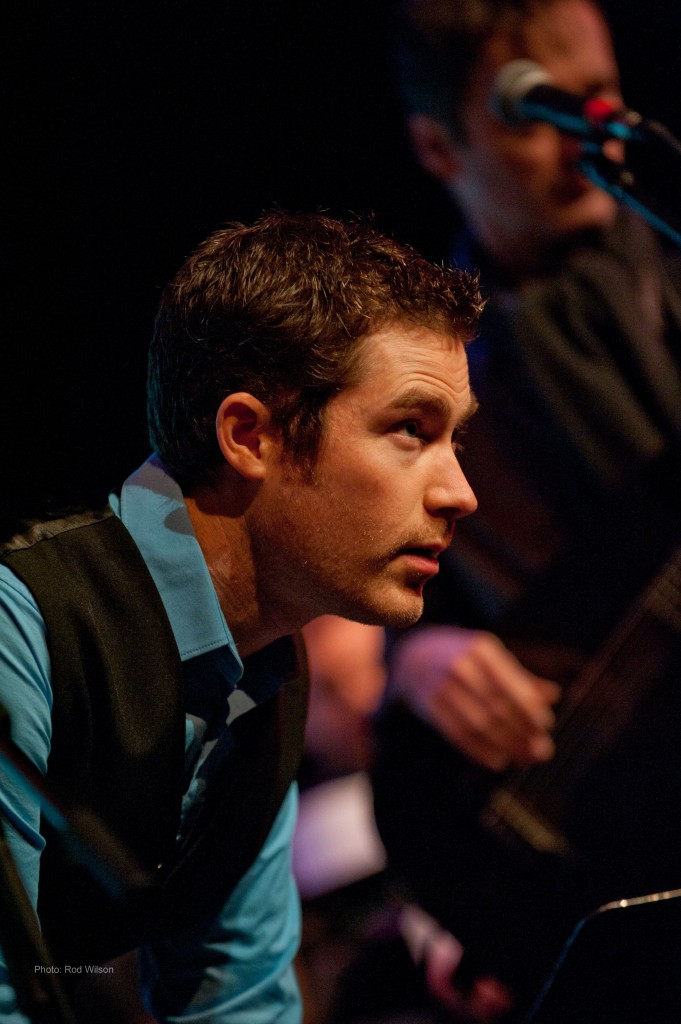
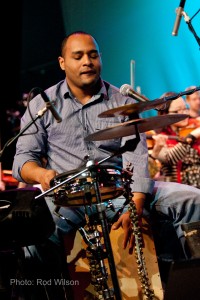
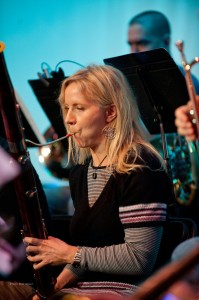
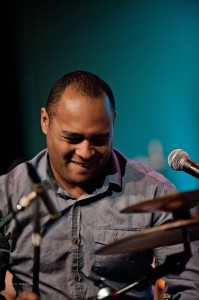
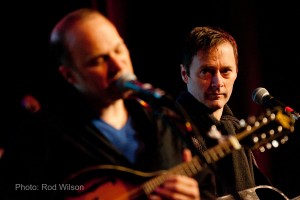
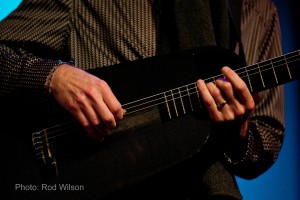
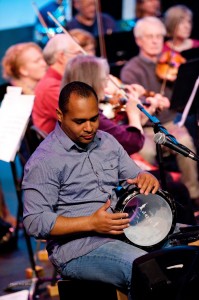
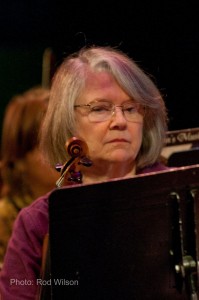
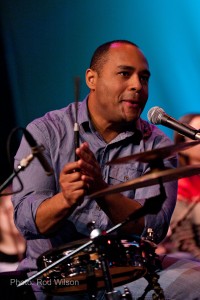
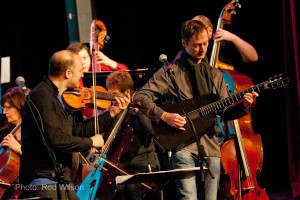 Chris McKhool’s Fiddle Fire, Key City Theatre Sunday February 2, 2014, 2pm.
Chris McKhool’s Fiddle Fire, Key City Theatre Sunday February 2, 2014, 2pm.

